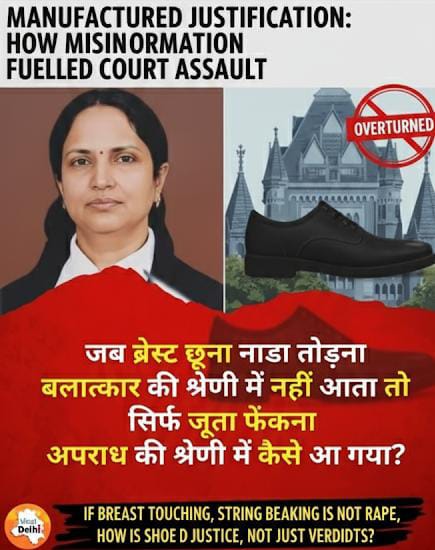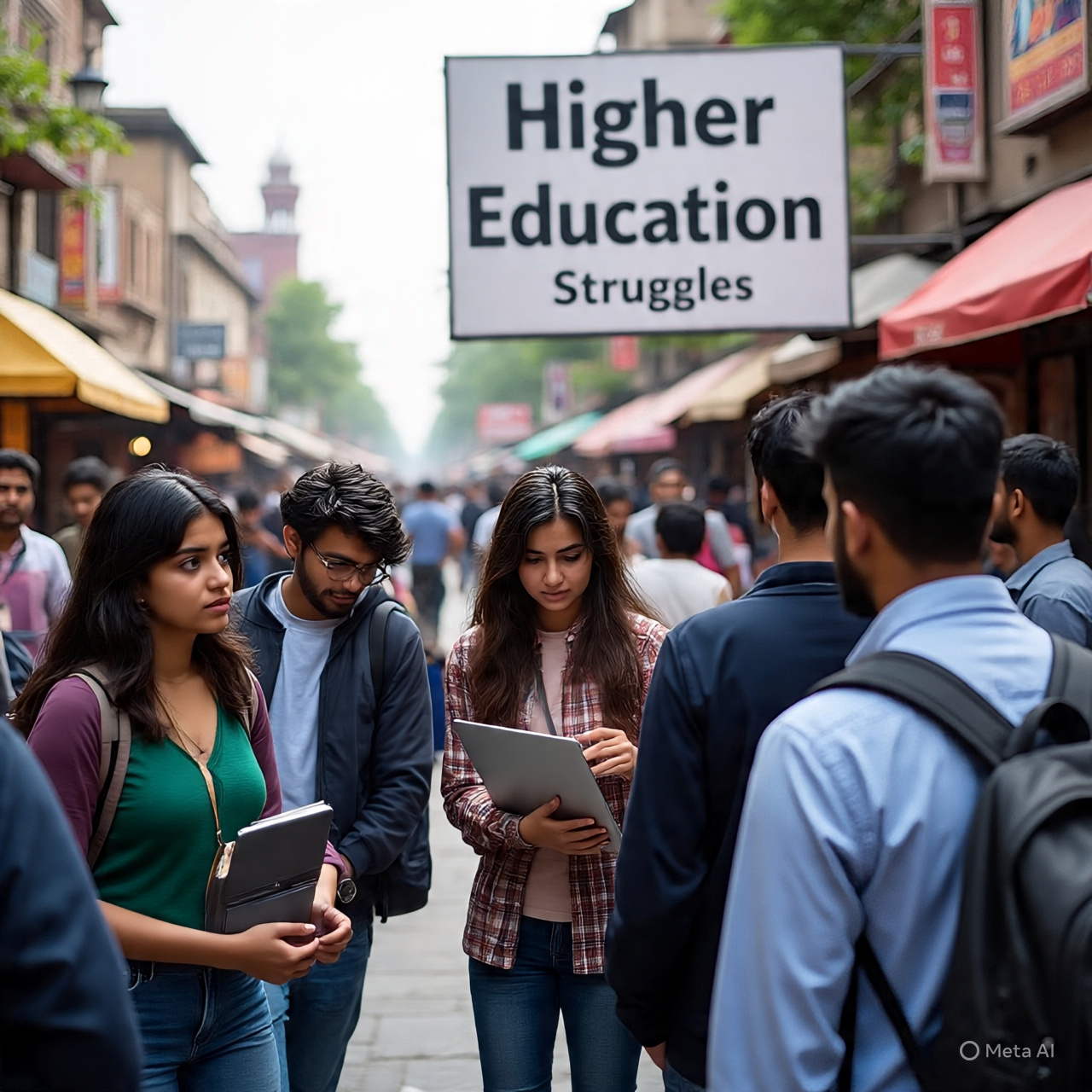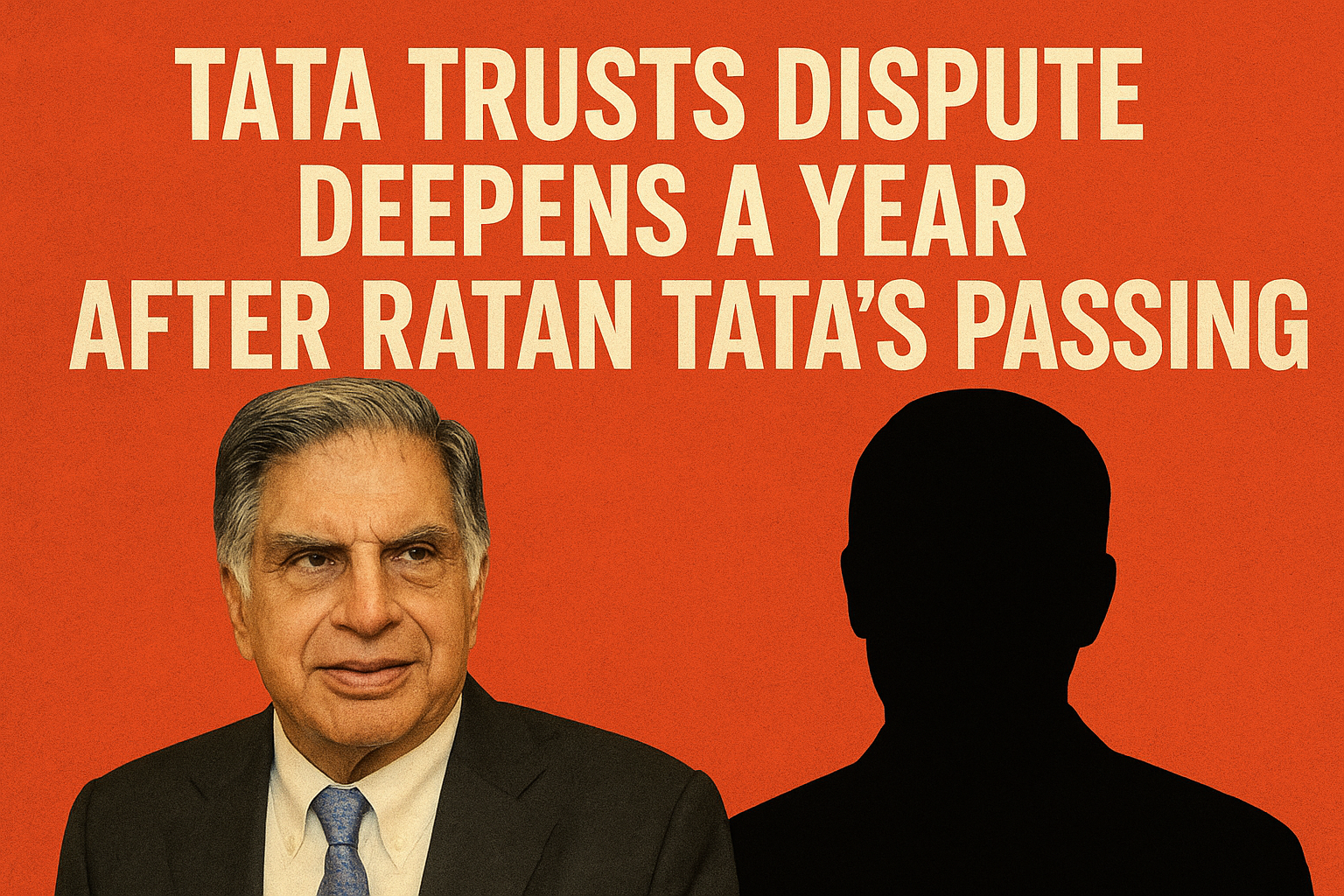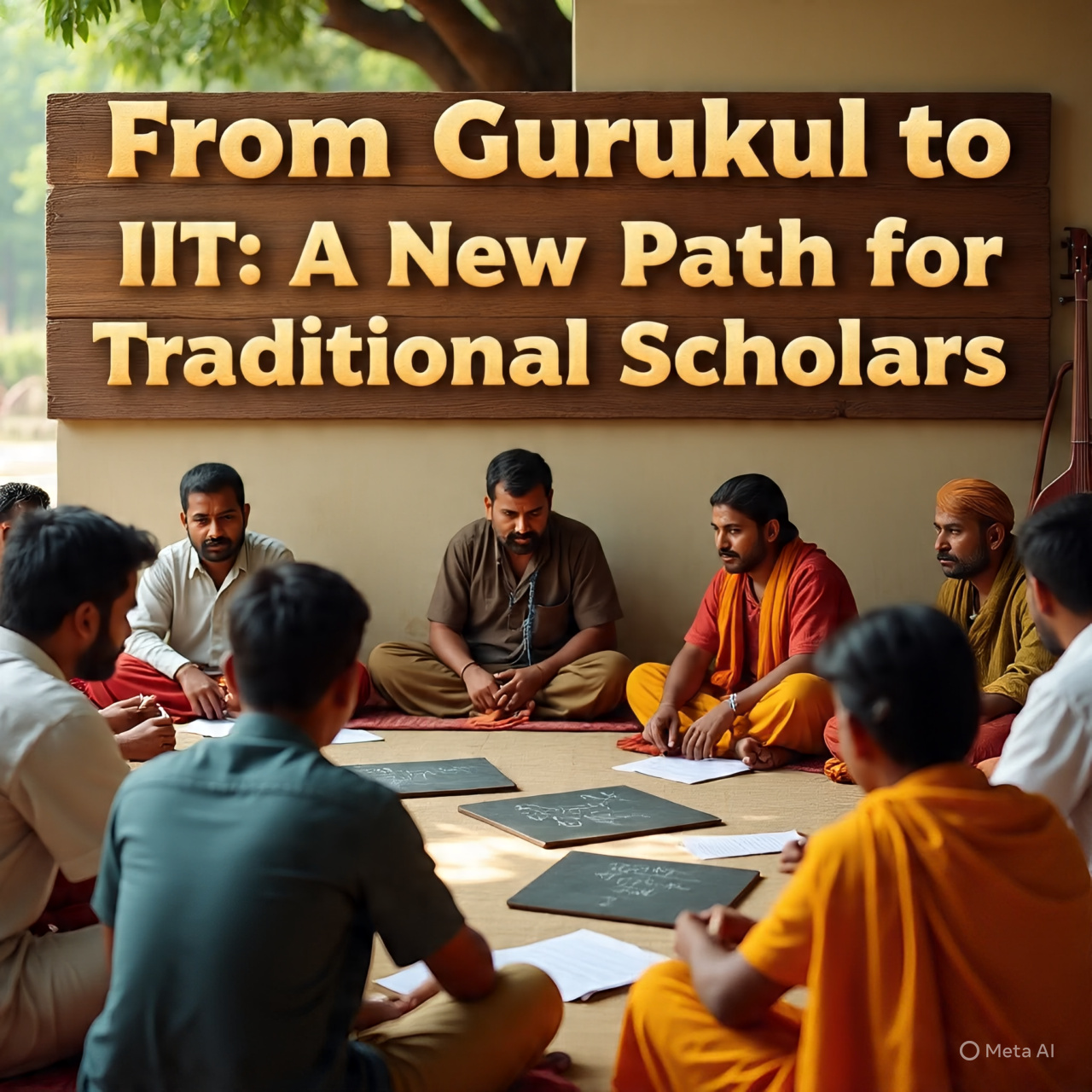
The relationship between India’s ancient knowledge traditions and modern scientific institutions is being tested in a new way. The Central Sanskrit University (CSU) in New Delhi has recently launched the Setubandha Scholar Scheme in collaboration with the Indian Knowledge Systems division of the Union education ministry. This initiative is designed to provide Gurukul-trained scholars with the opportunity to pursue advanced research at premier institutions such as the Indian Institutes of Technology (IITs).
Under the scheme, nearly 370 applications have already been received for 50 available scholarships. Selected candidates will be able to pursue postgraduate and doctoral-level studies, even if they do not hold formal academic degrees. Instead, their traditional Gurukul training and expertise in classical Indian systems will serve as the foundation for their eligibility. If successful, these candidates will receive monthly scholarships ranging from ₹40,000 to ₹75,000, along with an annual contingency grant of ₹1.2 lakh. They will also benefit from dual mentorship involving faculty members from CSU and IITs, as well as access to advanced laboratories and workshops.
The idea behind the scheme, as explained by CSU, is to “recognise and support scholars trained in traditional Gurukul systems” and to facilitate their integration into mainstream academia. It aims to provide Gurukul graduates the chance to earn PhD and postgraduate degrees and to bridge traditional Indian knowledge systems with modern academic frameworks.
The candidates will be assessed through both written and oral examinations. The written test will focus on the Ashtadasha Vidyashthanas, which are the 18 foundational disciplines of Indian learning. These include the Vedas, Vedangas, Upavedas, Puranas, Nyaya, Mimamsa, and Dharmashastras. The oral exams, conducted jointly by CSU and IIT experts, will evaluate the candidates’ aptitude and depth of understanding. According to CSU vice chancellor Shrinivasa Varkhedi, the written and oral examinations will carry equal weightage, and the process is expected to conclude by the end of September.
While the scheme has been welcomed by Gurukul communities, it has also faced sharp criticism from several experts. Critics argue that the initiative may dilute academic standards and undermine scientific temper. They claim that bypassing conventional requirements such as the Joint Entrance Examination (JEE) or Junior Research Fellowship (JRF) cut-offs sets a precedent that could weaken the credibility of research at IITs. D Raghunandan, president of the Delhi Science Forum, said that the move appeared “non-scientific, irrational, and masquerading as inclusivity.” He warned that without strict evaluation criteria, admitting students solely on the basis of traditional training risks lowering the overall quality of higher research.
Another concern raised is whether Gurukul scholars, who follow a residential system of education deeply rooted in spiritual and philosophical traditions, will adapt smoothly to the scientific environment of IIT laboratories. The Gurukul system emphasizes oral transmission of knowledge, discipline, and spiritual growth under the guidance of a guru. While this system is respected for producing scholars well-versed in scriptures, critics question whether it prepares students for modern research in fields that rely heavily on experimental methods and global scientific standards.
On the other hand, supporters argue that the scheme could enrich academic diversity and provide new perspectives. They point out that many traditional concepts in mathematics, astronomy, linguistics, and philosophy have long influenced scientific inquiry. For instance, contributions from ancient Indian scholars such as Aryabhata in astronomy or Panini in linguistics show how traditional learning can merge with modern methods. Proponents of the scheme believe that if Gurukul-trained scholars are guided by IIT mentors and exposed to advanced research facilities, their insights could contribute meaningfully to contemporary debates in knowledge systems.
Jadvesh Singh, founder of Vedicecepts, stressed that there should be a transparent and rigorous evaluation process to ensure that only candidates capable of maintaining academic standards are admitted. He warned that otherwise the scheme risks “diluting standards of scientific scholarship.”
At the same time, voices from within Gurukul institutions defend the scheme passionately. Acharya Vishambart of Gurukul Rewali in Haryana explained that students spend years mastering texts and rituals, often beginning as early as eight years of age and continuing into adulthood. They undergo intense training in philosophy, logic, and debate, culminating in ceremonies such as the Samavartana. According to him, these scholars develop deep intellectual discipline and moral grounding, qualities that can enrich academic institutions if given the right opportunities.
The Setubandha Scholar Scheme therefore reflects a larger question facing Indian education today. How should the country balance respect for its ancient traditions with the demands of modern scientific standards? Can the Gurukul and IIT systems work together, or will they remain at odds due to their contrasting approaches?
For now, the experiment is just beginning. The coming months will show whether this attempt to integrate India’s classical learning with its premier technology institutions will succeed in creating a meaningful bridge or whether it will widen the divide between tradition and modernity.


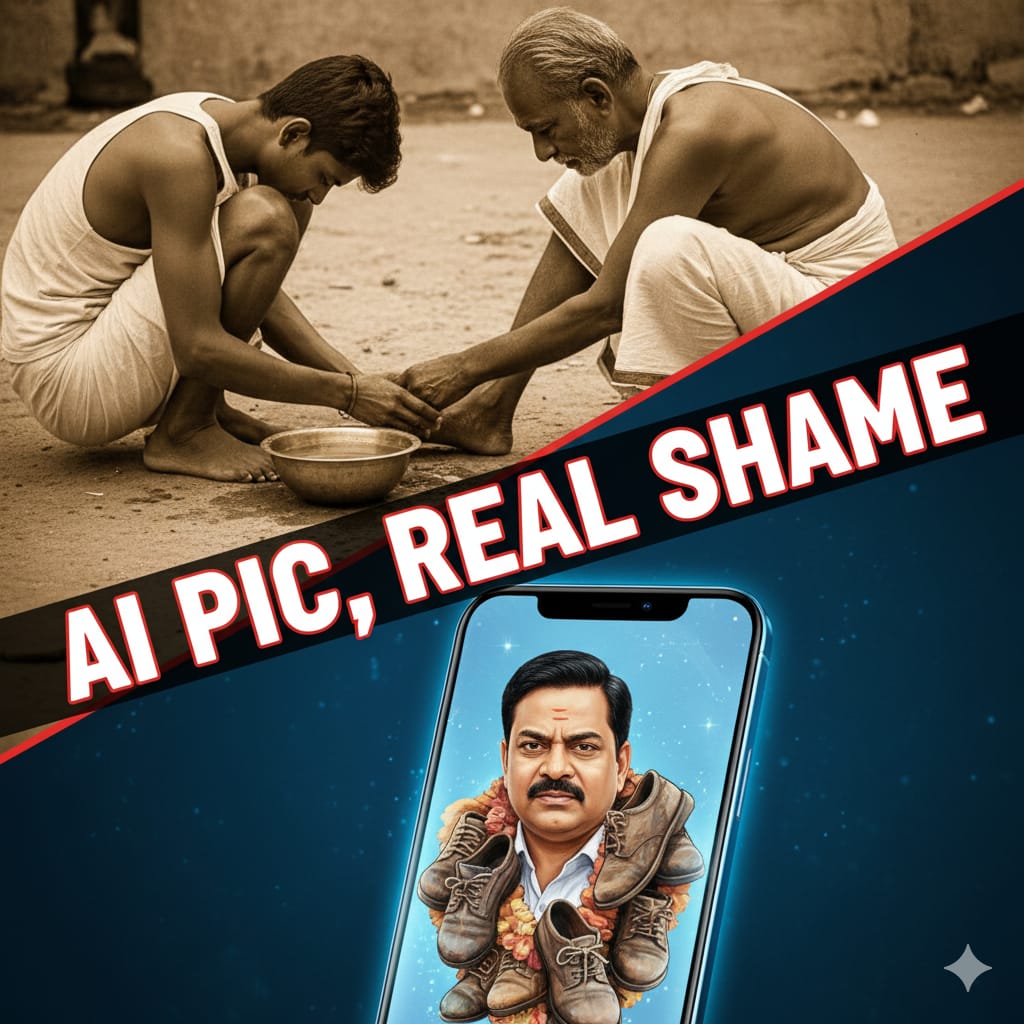
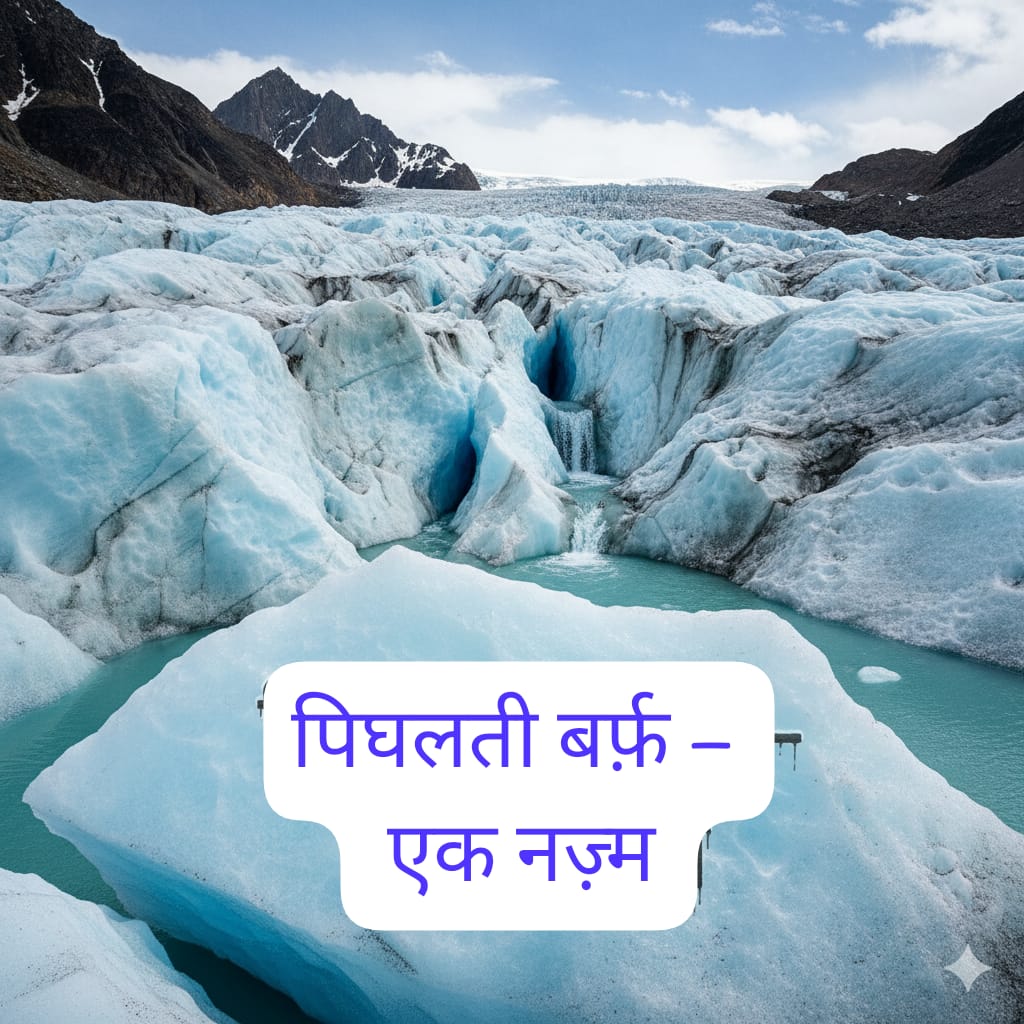
.jpeg)
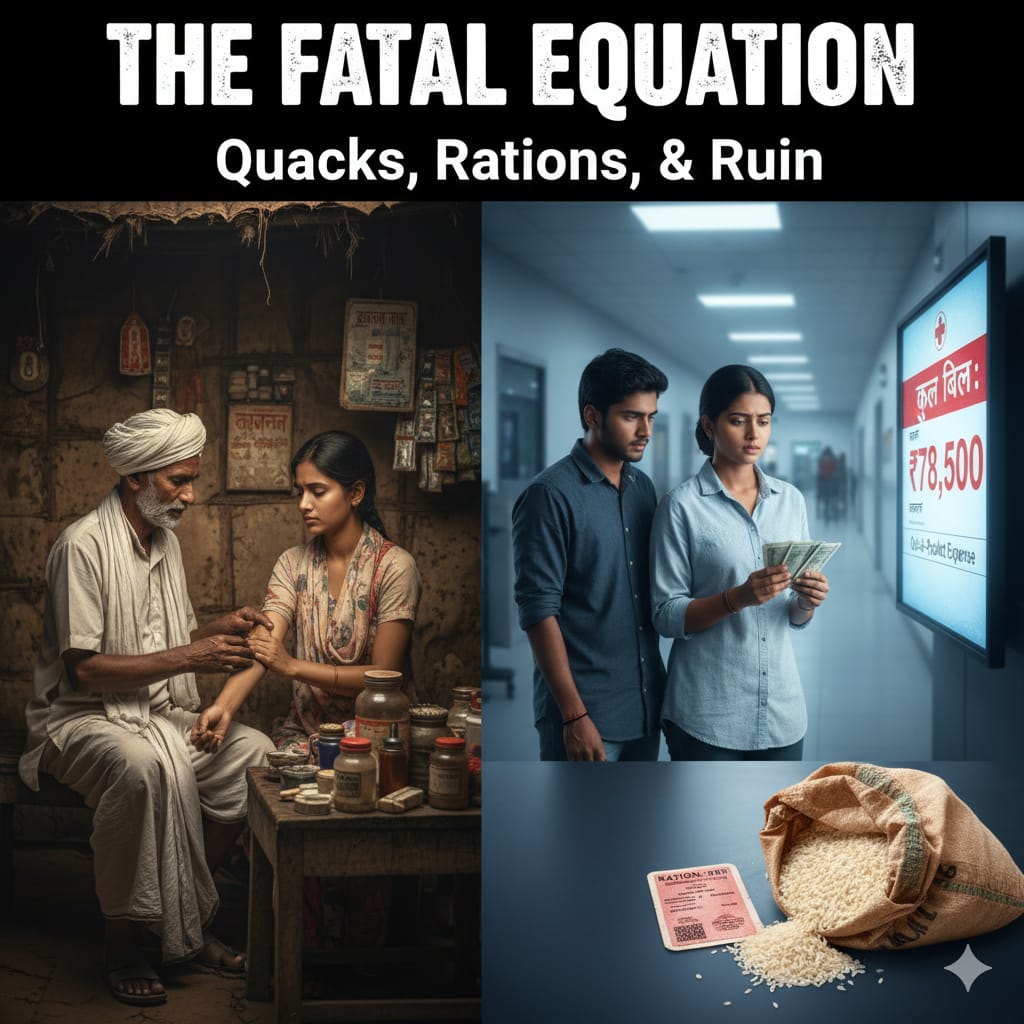
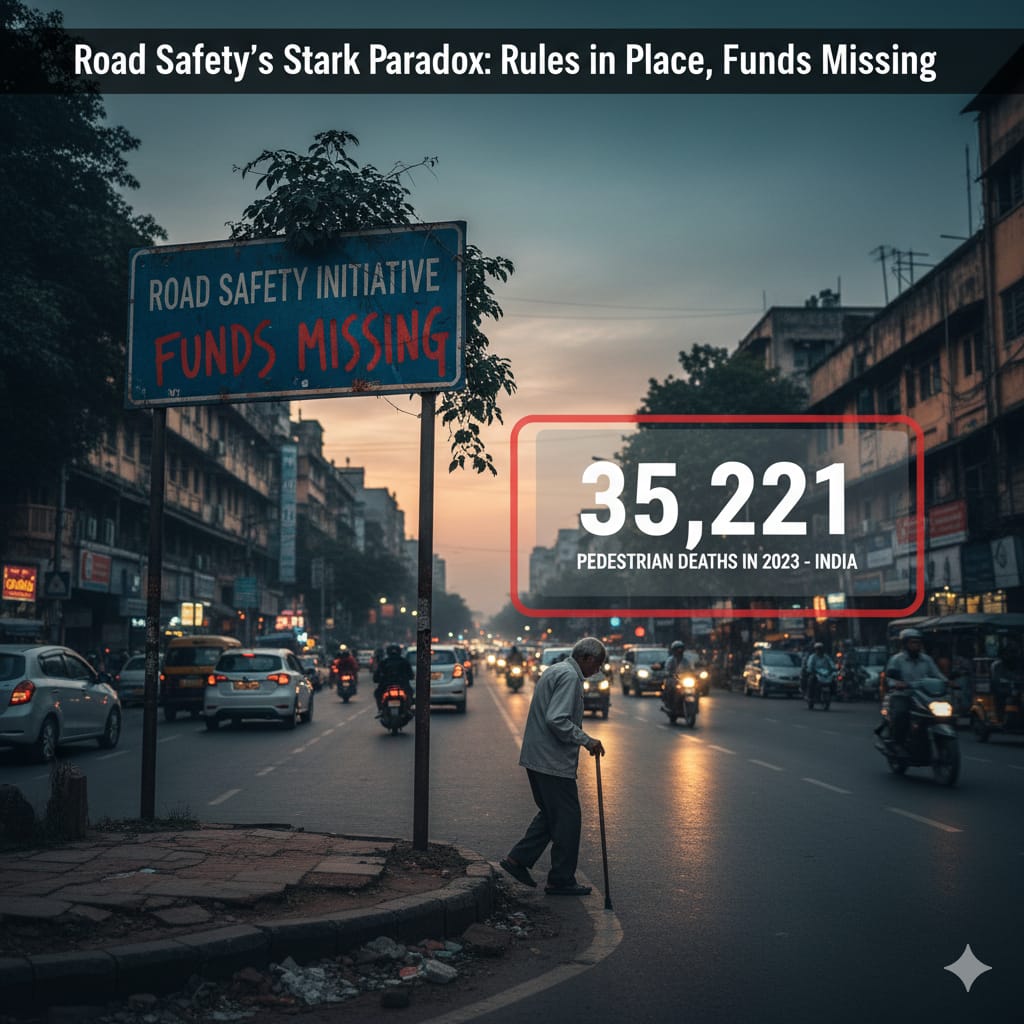
.jpeg)
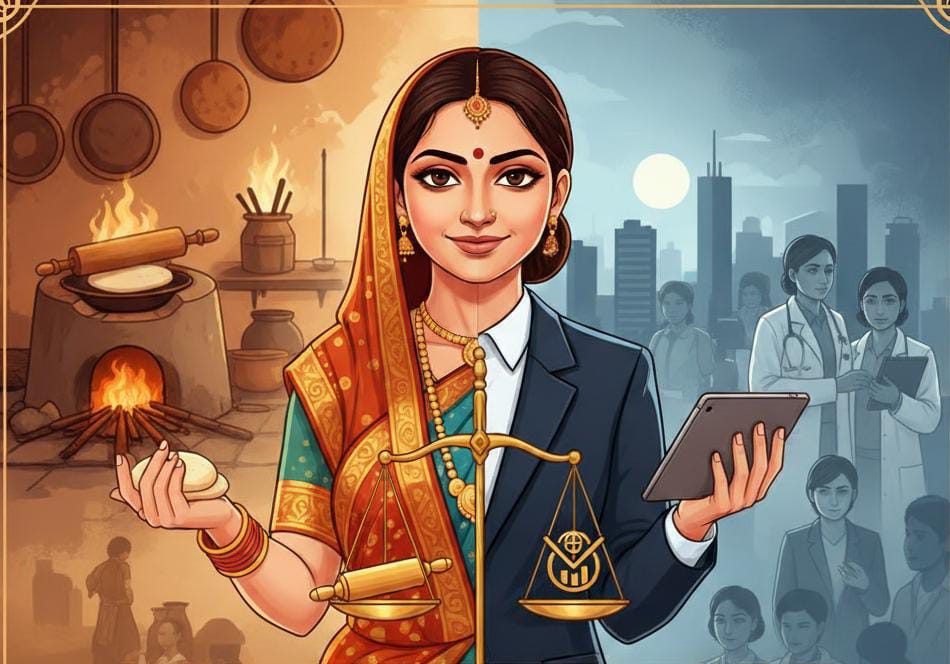
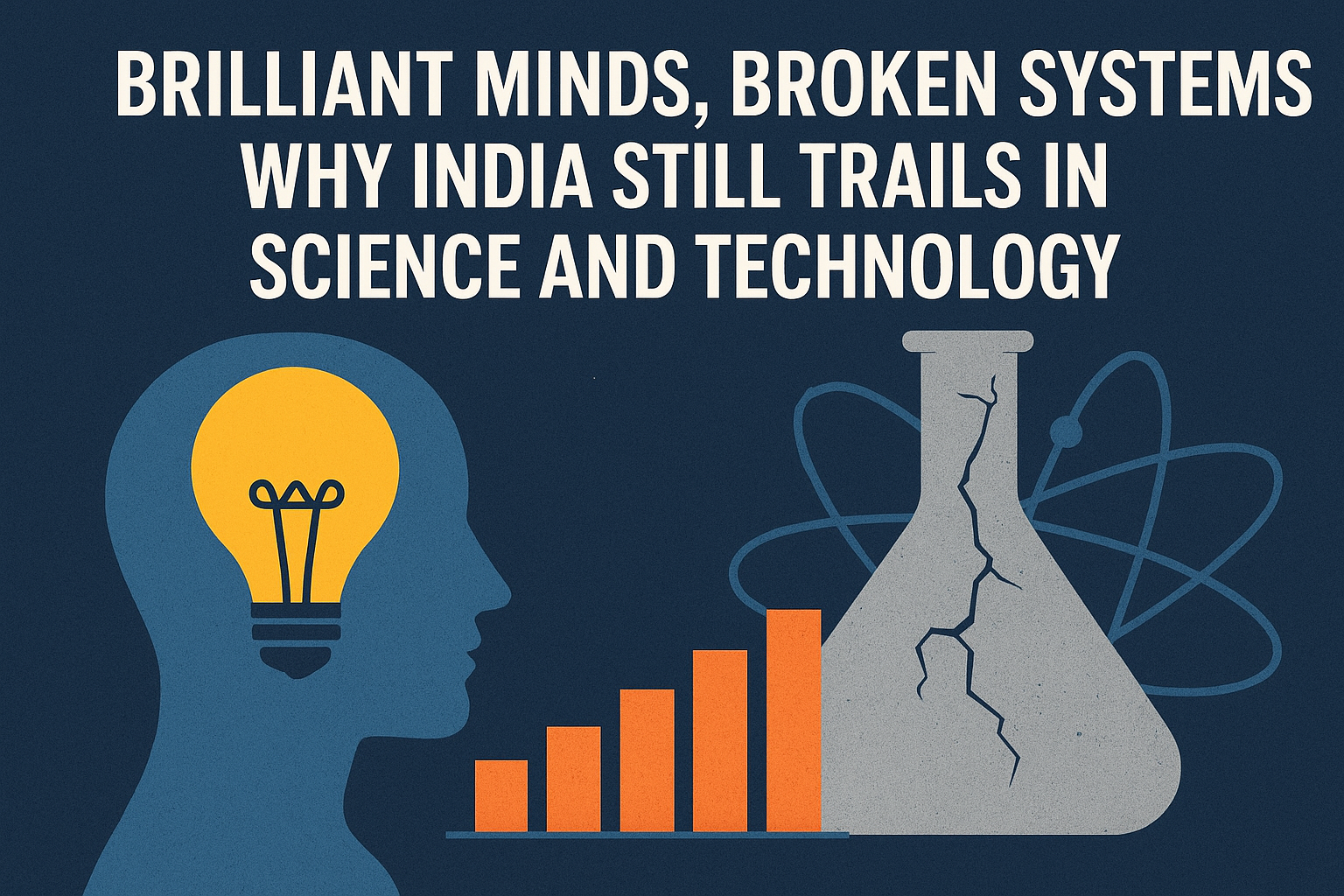


.jpeg)



